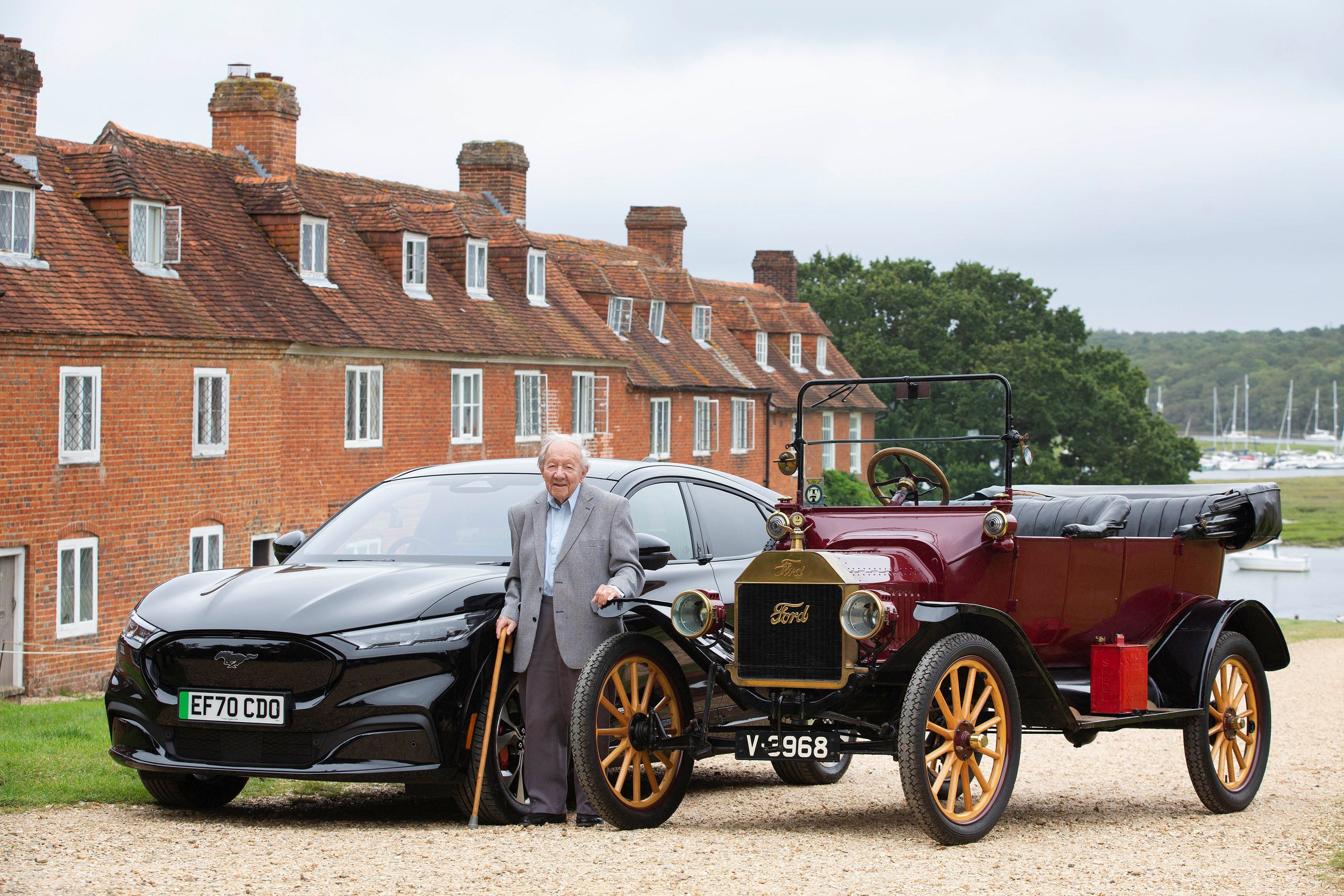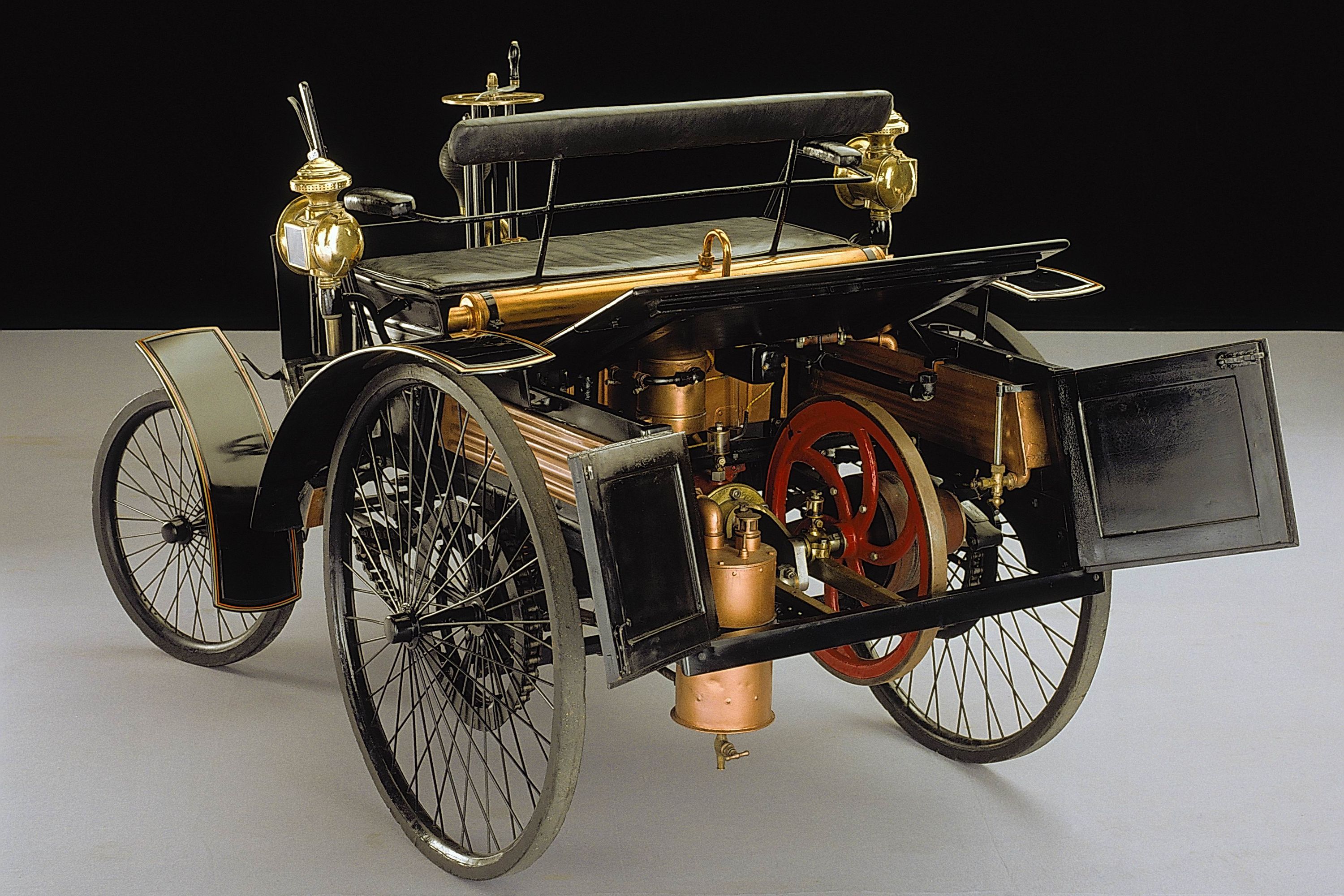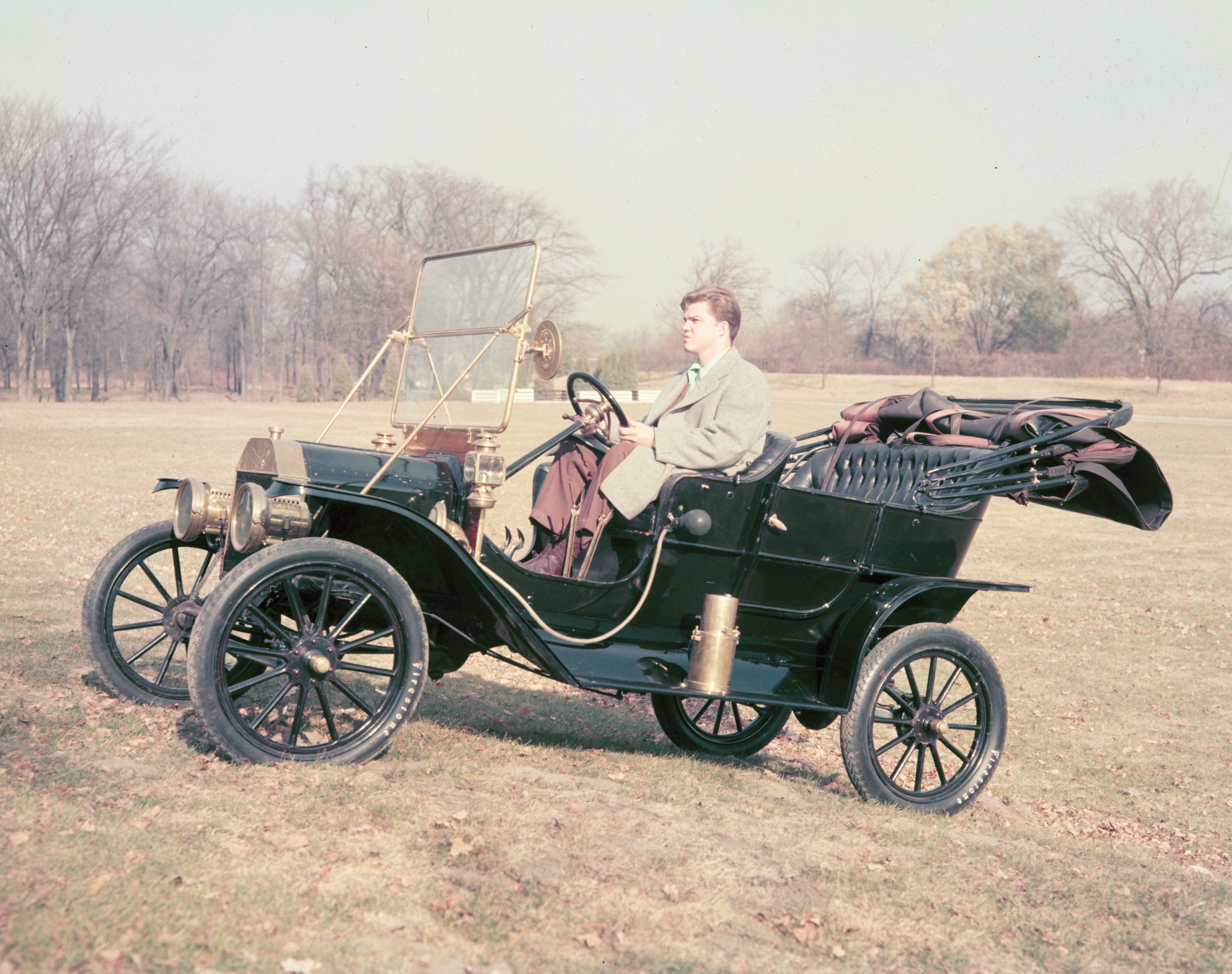Introduction to Automobile History
It's been a long time since the first car hit the streets, and automobiles have come a long way since. From simple steam and combustion engines, technology through automobile history has evolved to the point where we now have electric cars that produce zero emissions and arguably run better than their gasoline or diesel variants.
We still have a long way to go before we have the flying cars that science fiction has been promising us for decades. But, by looking back at the first vehicle and considering the evolution of cars, we can track progress and speculate on what is to come next. Here is a brief breakdown of the history of cars worldwide, with a focus on American car companies.
When Was the First Car Made?
To determine exactly when the first car was invented or who made the first car, you first have to understand what constitutes an automobile. Looking at what makes up the word, 'auto' refers to self, while 'mobile' refers to the ability to move. Essentially, this means that an automobile is a contraption that is able to move without the assistance of outside forces.
Now, several such machines fall into this category, but the earliest example is actually a tricycle designed by Nicolas-Joseph Cugnot in 1769. It is a far cry from what we consider to be a motor vehicle today, especially since it ran on steam. Technically, this makes it a steam-powered wheeled vehicle. In fact, many of the first automobiles relied on steam power, since this was what people used in boats and factories at the time.
In the late 1800s, inventor Gustav Trouvé of France showed off a three-wheeled car powered by electricity - but he wasn't the only one working on such plans, with noteworthy inventors from Germany including Gottlieb Daimler, Wilhelm Maybach, and Siegfried Marcus, doing the same. And, not long after, William Morisson was building electric carriages in the USA. This technology is in the spotlight at present. Read more about how modern electric cars work here.
Enter: Internal Combustion
If we are talking about the first motor vehicle with an internal combustion engine we've come to know over the past century or so in its various configurations, then that would be the first Marcus car, designed by Siegfried Marcus in the 1870s. It was built on the prototype he had developed a decade prior. Unfortunately, much of his work was suppressed during the course of the two World Wars by authorities in Germany and he is no longer credited for his invention of cars as we know them today.
For this reason, many people still consider the prototype first car, created by Karl Benz in 1885, to be the earliest example of a 'modern' automobile. To be fair, it was used as the foundation for the 1901 Mercedes, which was designed by Wilhelm Maybach for Daimler Motoren Gesellschaft. This would become the first commercially sold car and it incorporated the technologies developed by Panhard, namely transmission, brake pedals, clutches, and accelerators all on a single chassis.
As for when the first car was made in America, this credit is shared between Doctor J.W. Carhart (steam-powered), and Frank and Charles Duryea (gasoline-powered), in 1871 and 1893, respectively.
The Evolution of the Car Industry
As one would expect, when the first car was made, so too was the global car industry birthed. Over the last century, it has grown to be an enormous enterprise, with dozens of automakers vying for a share of the market. New car manufacturers are born regularly across the globe, but when the first car in the world hit the streets, there wasn't much choice and only a few could afford one.
Around the turn of the 20th century, many established companies pivoted their interests towards motor vehicles. For example, Peugeot, which was established in 1810 was first in the business of milling coffee. Even Mercedes-Benz was not originally created with the express purpose of producing automobiles. This makes it tricky to determine who was the first car company in history. Nevertheless, it can be asserted that the first company to begin selling cars to the general public was Mercedes-Benz. In the United States, it was the Duryea Motor Wagon Company that first began making cars for commercial sale, but the Autocar Company, founded in 1897, remains the oldest such business still in operation.
However, the economic cost of owning an automobile at the time meant that only those of higher financial and social standing were likely to make such a purchase. This remained true for several more years. That is, until more affordable mass-production techniques were introduced into the business and cars were changed forever. In the early days, it was Ransom E. Olds who dominated the American auto market. The Oldsmobile was the most popular car in America at the turn of the century.
It wasn't long until more American car brands began to spring up, including Cadillac, Winton, and Ford. But, if you're asking, so when did cars become popular among the working masses, you have to look a bit further ahead. It was only after Henry Ford, inventor of the assembly line, introduced the Model T that the dream of every American owning an automobile could become a reality. It was the first truly mass-produced car and sold more than 15 million units - an astonishing number for the period. This served as the foundation for how cars are built today.
It was this highly affordable vehicle, along with the discovery of large quantities of oil in Texas that put a hold on advances in EV technologies. Moving forward all cars in the 1920s, 1930s and beyond, were purely gasoline-powered, and it wasn't until the 1960s that interest in this alternative technology would once again be sparked. Now, it has become the sole focus of many modern car companies.
A Timeline of American Car Brands
Just like the European car brands, America has its big three - namely General Motors, Ford, and Chrysler. Over the years, these companies have merged with smaller brands, been bought out by larger brands, or traded hands. Here is a look at a timeline history of cars and car manufacturers in the USA that remain in operation today:
- 1899 Buick founded
- 1901 Henry Ford Company
- 1902 Cadillac (renamed from Henry Ford Company)
- 1903 Ford founded
- 1908 General Motors formed from Buick
- 1909 General Motors acquires Cadillac
- 1911 Chevrolet founded
- 1912 General Motors Trading Company formed as part of General Motors
- 1914 Dodge founded
- 1917 Lincoln founded
- 1918 General Motors acquires Chevrolet
- 1922 Ford acquires Lincoln
- 1925 Chrysler founded
- 1928 Chrysler acquires Dodge
- 1941 Jeep founded
- 1987 Jeep acquired by Chrysler
- 2010 Ram formed after Chrysler restructure
As one can tell, many companies own several different car brands or marques, as they are known, under a single parent company. This system was pioneered by William Durant, who was a leading figure in the American automotive industry and had a great impact on car history.



